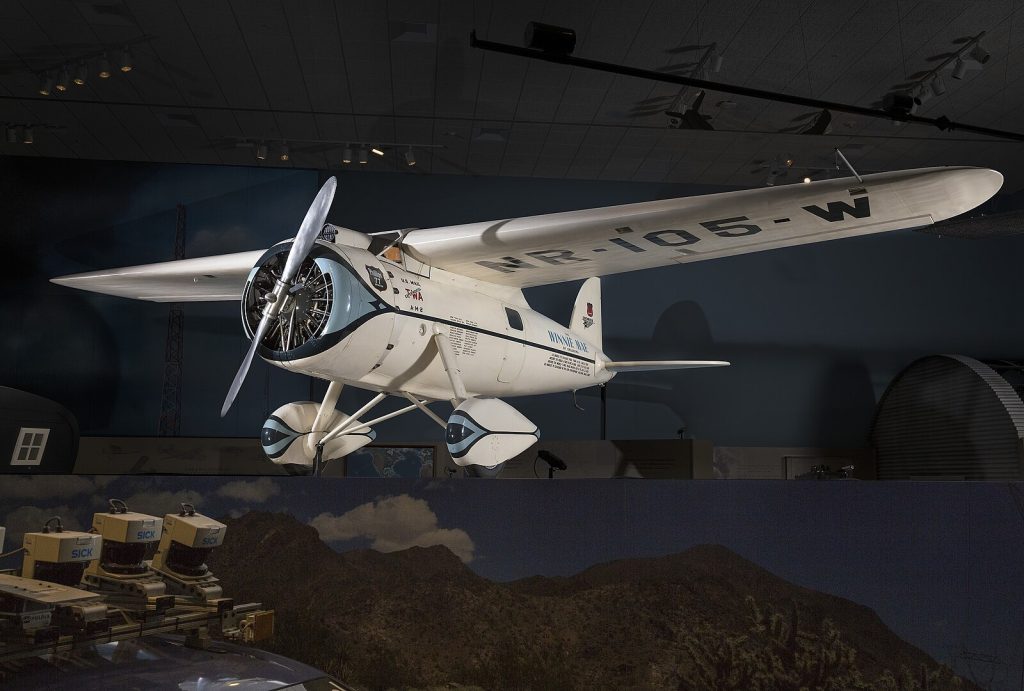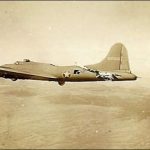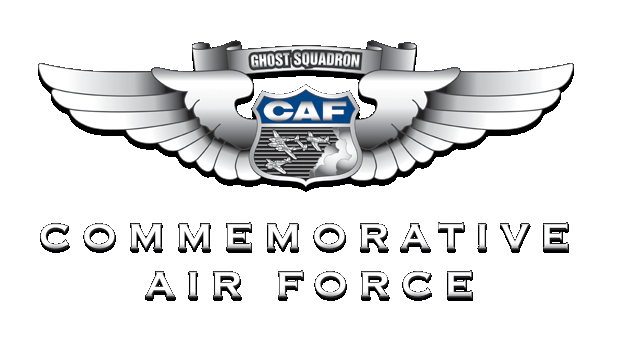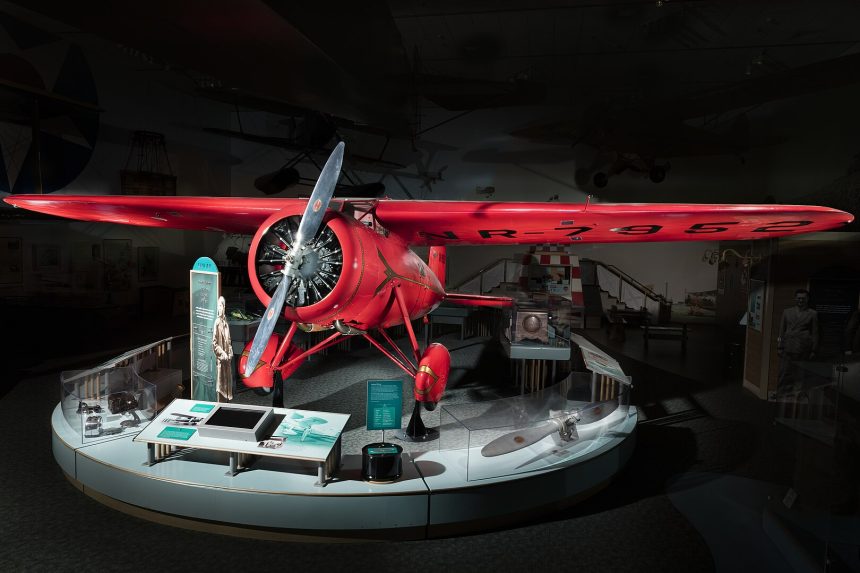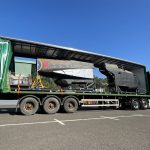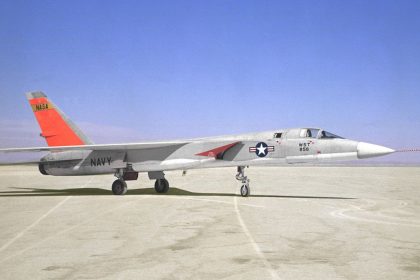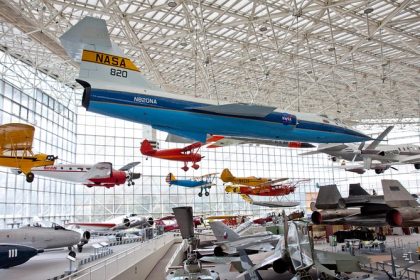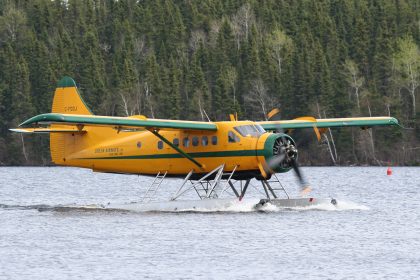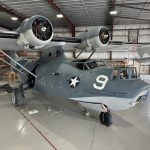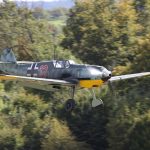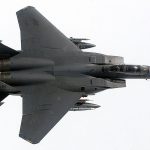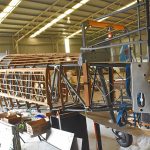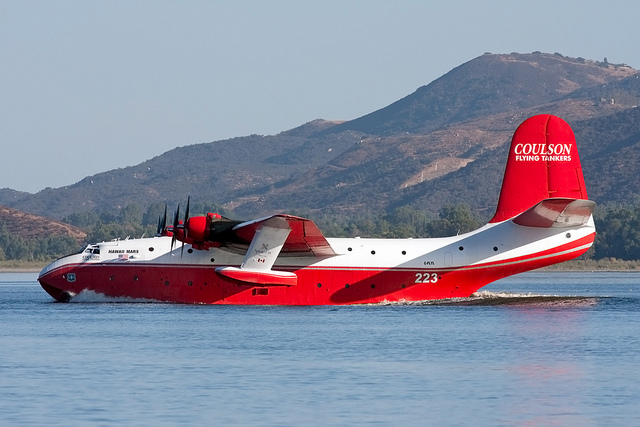
On this day in aviation history, 98 years ago (July 4, 1927), the Lockheed Vega took to the skies for the first time. This high-wing monoplane airliner, designed for small-capacity operations, quickly became a favorite among record-setting aviators thanks to its impressive speed and range. The Vega proved to be a robust and reliable platform, playing a prominent role in some of the most historic flights of the early 20th century.
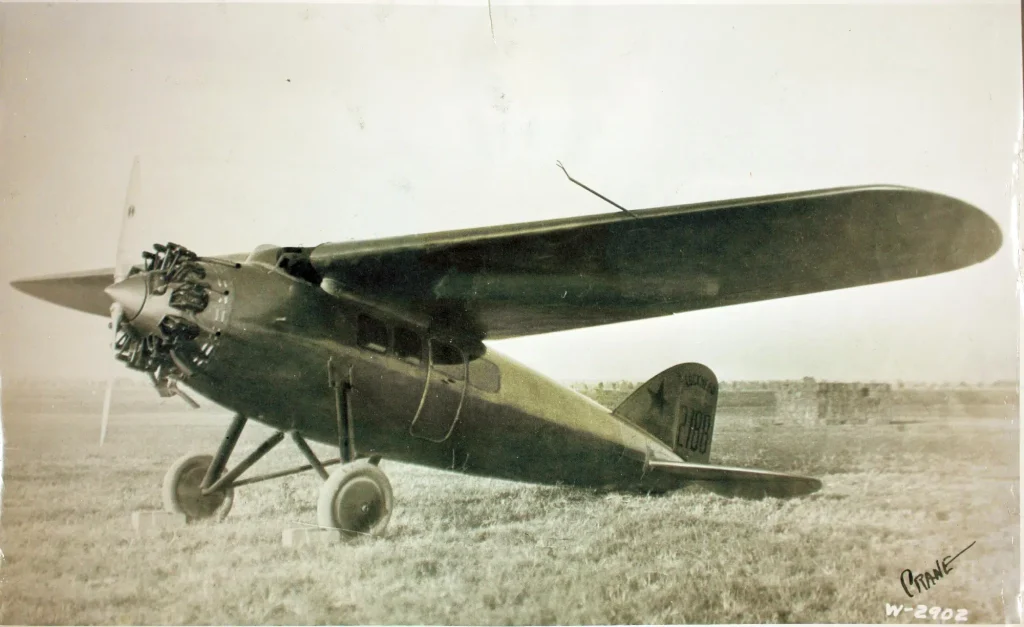
The first Vega built and flown was Lockheed Vega 1, registration NX913. At the controls for its maiden flight from Rogers Airport in Los Angeles, California, was test pilot Edward Antoine Bellande—a former U.S. Marine Corps flight instructor and airline pilot. Bellande’s successful flight marked the beginning of the Vega’s legendary career in aviation history.
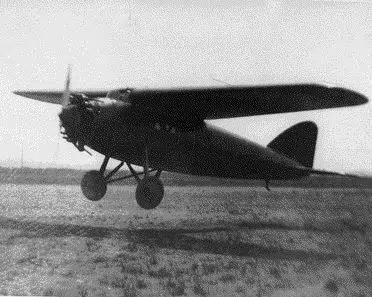
In the years that followed, the Vega gained fame for its association with pioneering aviators. Amelia Earhart used a Vega to become the first woman to fly solo across the Atlantic Ocean. American pilot Wiley Post also chose the Vega for his groundbreaking flights. In his Vega 5C, Winnie Mae, he circled the globe twice and provided the first proof of the jet stream’s existence.

The Vega 5C variant featured a single-pilot configuration and space for six passengers. It was powered by a 450-horsepower Pratt & Whitney R-1340C Wasp nine-cylinder radial engine, giving it a top speed of 185 mph—remarkable for its time. The aircraft also had a range of 725 miles and a service ceiling of 19,000 feet, making it well-suited for long-distance and altitude record attempts. Lockheed produced a total of 132 Vegas during the aircraft’s production run.
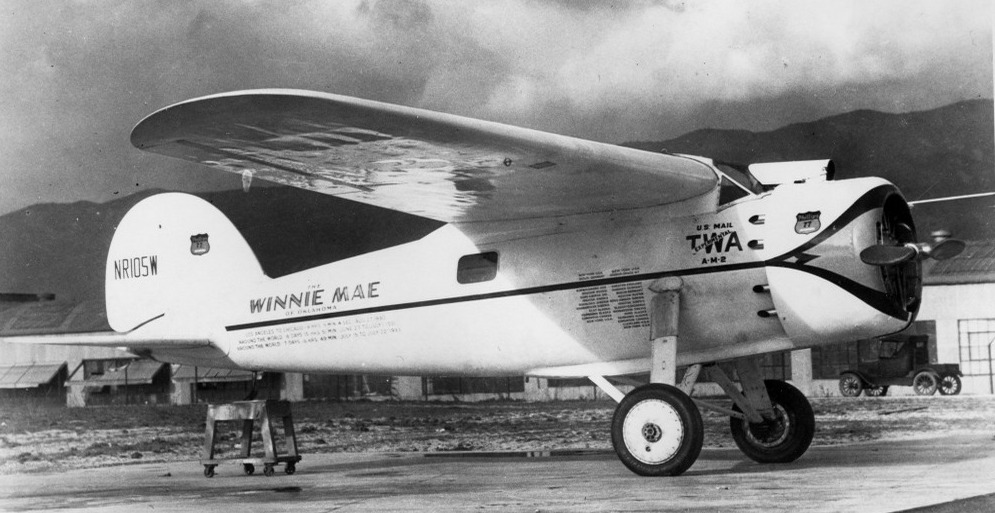
Today, several Lockheed Vegas survive as treasured artifacts of aviation history. Wiley Post’s Winnie Mae (Vega 5C, s/n 122) and Amelia Earhart’s Vega 5B (s/n 22) are both preserved at the Smithsonian National Air and Space Museum in Washington, D.C. Another example, Vega 161, a DL-1B model, last flew in 2013 and is currently housed at the Mid America Flight Museum in Mount Pleasant, Texas. Vega 5X, serial number 72, is under restoration to airworthy condition by Kermit Weeks. Thanks to these surviving examples, the legacy of the Lockheed Vega continues to inspire new generations of aviation enthusiasts.
